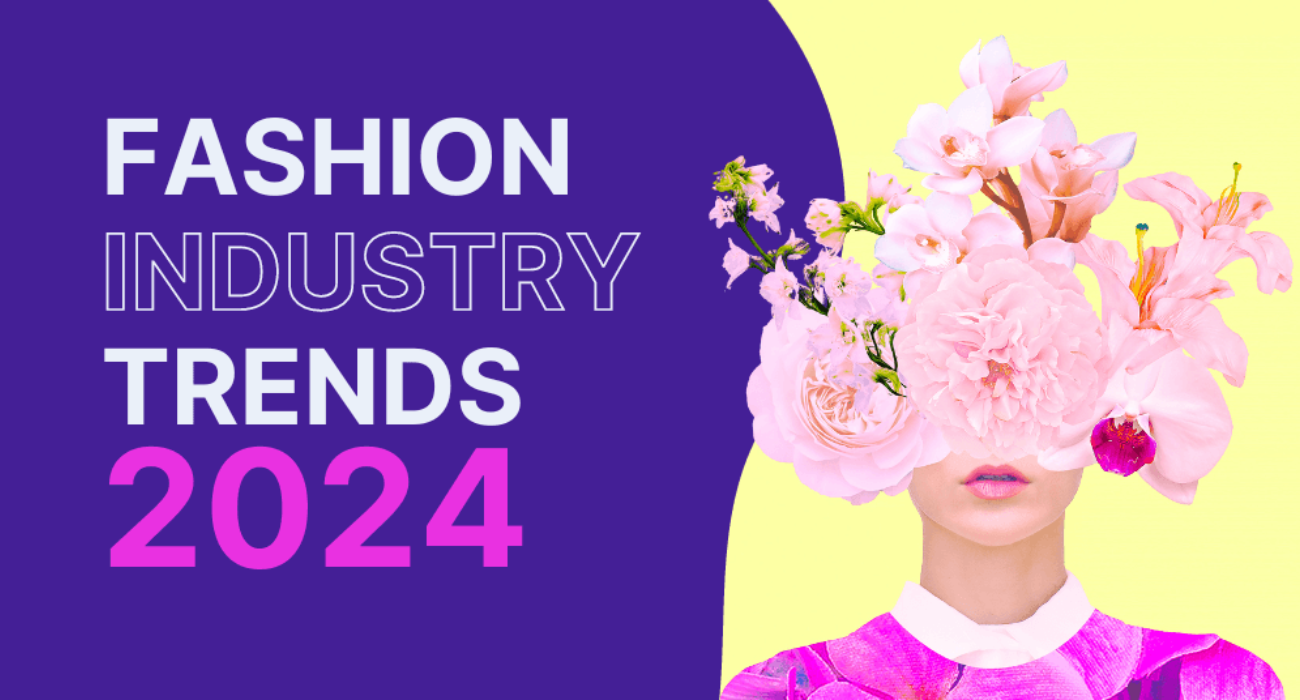
What Is the Latest Trend in the Fashion Industry
1. Eco-Friendly and Moral Clothing
The emphasis on sustainability & ethical standards that is now reshaping the fashion business is one of the biggest trends. Eco-friendly ethical fashion is becoming more and more popular among customers as awareness of sustainability & social responsibility rises. This trend can be seen in many different forms, such as the usage of eco-friendly materials like organic cotton and recycled textiles, as well as cutting-edge textiles like bio-fabricated materials and mushroom leather. Additionally, brands are embracing circular fashion models that prioritize waste reduction, recycling, and upcycling. A brand's dedication to sustainability must now include fair labor practices and supply chain transparency, since customers are becoming more and more demanding of ethical standards and accountability.
2. Retro and Vintage Resurrections
A prevailing trend in the field of fashion is the resurgence of vintage & retro trends. Fashion designers and customers alike are taking cues from the past, especially the 1980s and 90s, to incorporate statement pieces like giant silhouettes, eye-catching designs, and antique denim into contemporary wardrobes. A rebirth of thrift stores & vintage boutiques is being witnessed by fashion enthusiasts who are looking for one-of-a-kind products that pay homage to bygone times. Vintage clothes extend the life of an item and reduce waste, so this trend not only appeals to nostalgia but also fits with the larger drive toward sustainable fashion.
3. Inclusivity and Gender Flexibility
There is an increasing demand for apparel that defies traditional gender conventions, and the fashion industry is responding by embracing gender fluidity & inclusivity more and more. Designers are defying the notion of fashion as a binary by producing collections that accommodate a broad spectrum of identities, genders, and body types. Gender-neutral collections, androgynous styles, and unisex apparel are growing in popularity because they let people express their individuality without being limited by traditional gender roles. The extension of size ranges and the use of varying models in marketing efforts & fashion shows are further indications of this shift towards inclusivity.
4. Technology-Inspired Style
Fashion is being significantly impacted by technological innovation, since new developments are changing the sector. This trend is led by wearable technology and smart fabrics, which combine interactive components, fitness tracking, and temperature control into apparel. Customers can virtually try on clothing and explore collections in immersive virtual settings thanks to the usage of augmented reality (AR) & virtual reality (VR) in shopping. Furthermore, the development of 3D printing technology has made it possible for designers to produce complex, personalized patterns that were until unattainable through conventional production techniques.
5. Cozy and informal attire
Because of the COVID-19 pandemic and its effects on lifestyle, comfort has emerged as a major fashion theme. Casual & relaxed clothes have become more and more fashionable as people prioritize comfort and spend longer at home. These days, baggy clothing, loungewear, and athleisure are wardrobe mainstays that combine fashion and utility. This style, which features soft materials, adjustable fits, and adaptable pieces that can easily go from home to office or social settings, is a reflection of a larger shift in the value placed on comfort and utility in everyday clothes.
6. Vibrant hues and patterns
Current fashion trends are showcasing vivid hues and striking patterns. Bright colors, such as vivid primary colors and neon tones, are utilized to create styles that are striking and energizing. In the same vein, graphic prints, abstract designs, & diverse mixes are in style and help people express their individuality through their wardrobe. A spirit of playfulness, and self-expression characterizes this trend, which inspires individuals to embrace unorthodox color schemes and patterns and play around with their personal style.
7. Simplicity and Streamlined Style
Trends include vivid hues and prints, but there's also a big push toward simple, minimalist design. This style prioritizes excellent craftsmanship over ornamentation and emphasizes simplicity, clean lines, & a muted color scheme. A timeless and elegant aesthetic is provided by the readily mixed and matched pieces that are a common aspect of minimalist fashion. This strategy fits well with the larger movement toward sustainability because minimalist wardrobes prioritize longevity and durability above fads.
Conclusion
The most recent developments in the fashion business are indicative of a dynamic and changing environment in which technological innovation, inclusion, and sustainability are important factors. These trends are influencing our perceptions of and experiences with fashion, from the resurgence of classic looks to the incorporation of chic textiles and the acceptance of gender fluidity. Both fashion aficionados and industry professionals can benefit from staying up to date on these trends as the industry continues to adapt to shifting consumer values and technology breakthroughs.